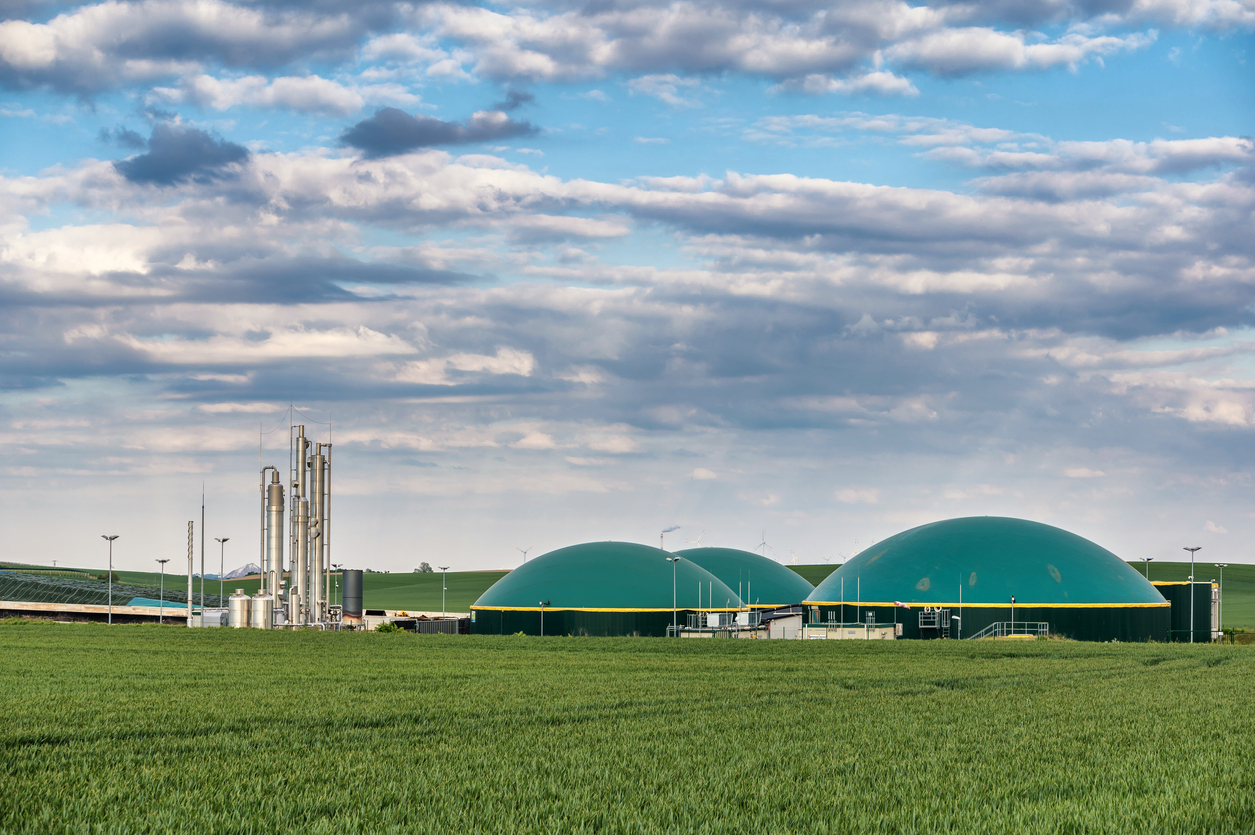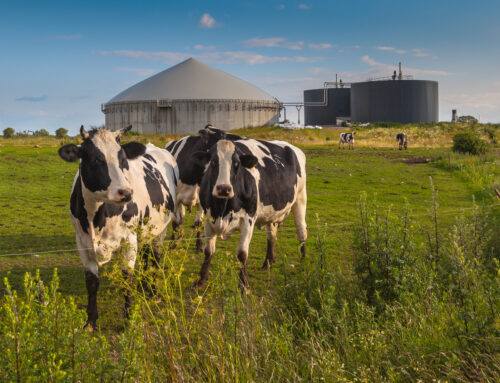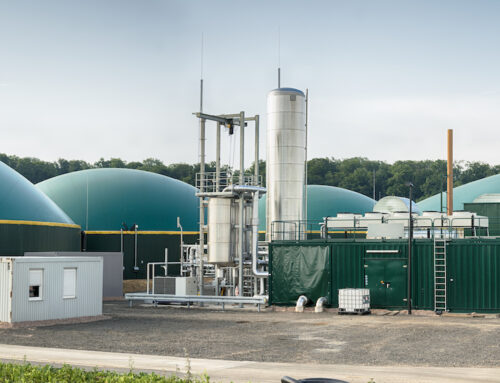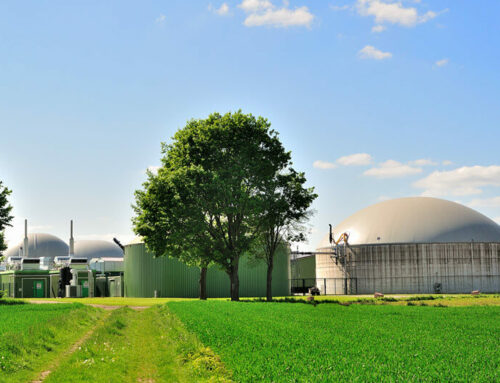There is certainly a lot of talk about renewable natural gas and the important role it currently plays in the U.S. energy sector and even more discussion about its use in the coming decades. Let’s take a closer look at the most common renewable natural gas sources and the positive effect it has on decreasing emissions.
What Is Renewable Natural Gas?
Renewable natural gas, referred to as RNG, is a term used to describe biogas that has been refined or purified for use in place of fossil natural gas. Decomposition of organic matter under anaerobic conditions creates biogas. An “anaerobic condition” means the decomposing organic matter is in an environment that lacks oxygen. Anaerobic bacteria, eat and break down biomass and produce biogas which is roughly 50% methane and 50% CO2, depending on the source of the biogas, along with trace level contaminants.
There are four main sources of biogas used to produce RNG. They are municipal solid waste landfills, wastewater treatment plants, livestock farms and organic waste management operations.
Biogas Sources
Landfills
Municipal solid waste landfills generate biogas. The methane in this biogas accounts for approximately 15% of the human related methane emissions in the U.S. according to the EPA. With this, the U.S. Clean Air Act now requires landfills of a certain size to install and operate a landfill gas collection and control system. Some landfills burn, or flare, the captured gas as an acceptable means of reducing the emissions. Burning/flaring this gas destroys the methane and produces CO2, which is much less harmful to the atmosphere as methane. More often the collected gas is utilized as an energy resource. The U.S. Energy Information Administration (EIA) estimates that the landfill gas collected at 336 U.S. landfills generated about 0.3% of all the electricity generated in the U.S. in 2019
Wastewater Treatment Plants (WWTP)
WWTP use anaerobic digesters to treat sewage sludge. The process of reclaiming the water and separating the liquids and solids generates biogas. According to a recent EPA report, WWTP generate 0.2% of U.S. electricity
Livestock farms
The primary organic matter in a livestock farm anaerobic digester is manure. Some manure-based digesters also utilize pre-consumer food waste from processing facilities, such as slaughterhouses, canneries or distilleries. According to the EPA, as of March 2021, there are 52 manure-based anaerobic digesters in the U.S. producing RNG, with another 44 projects currently under construction (many more digesters co-digest with manure). AgSTAR estimates that more than 8,000 large swine or dairy farms are candidates for RNG projects.
Organic Waste Management Operations
These operations are trying to take advantage of previously missed opportunities by utilizing waste primarily from food and beverage production. Many food anaerobic digesters also utilize yard waste and crop remnants. This co-digestion is now becoming popular across all RNG sources. Facilities use the co-digestion to adjust the produced product and increase biogas production.
RNG Project Scale
The number of RNG projects is increasing exponentially, utilizing waste and decreasing emissions. This will continue and will be a significant part of our lives. But it will be a long journey. For perspective, natural gas currently generates 40.3% of U.S. electricity and coal generates 19%.
Get Started With Ro-Flo Compressors
Ro-Flo compressors are in use in numerous biogas applications all over the planet. Contact Ro-Flo’s compression experts today for full application engineering and support.
References:
U.S. Environmental Protection Agency




